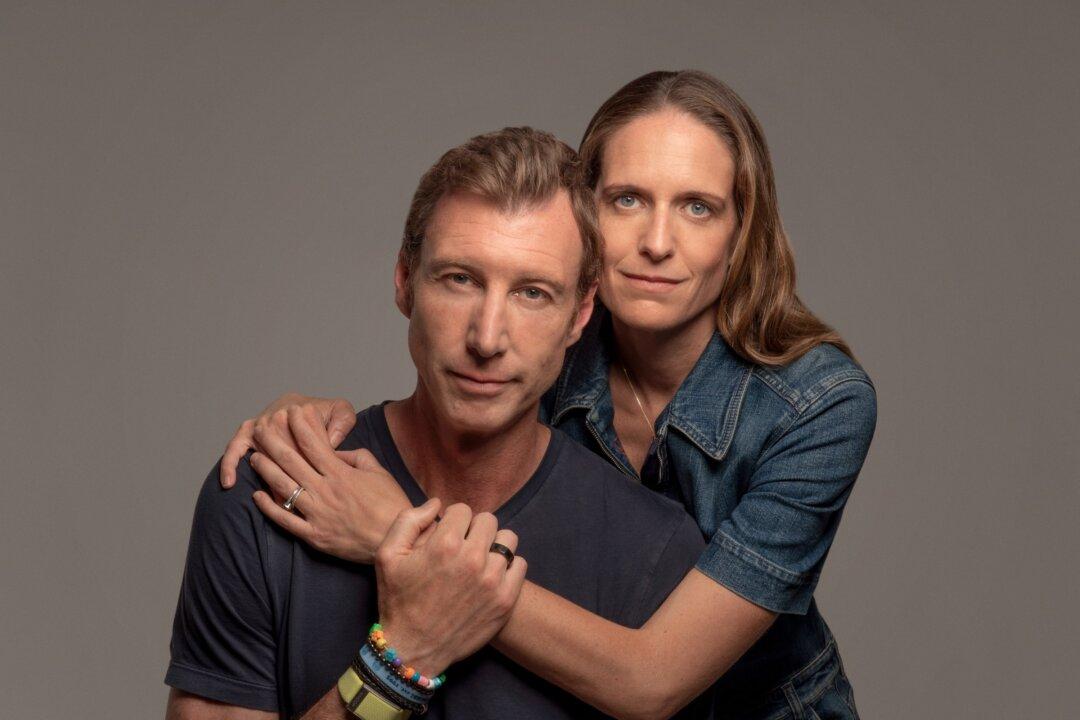There may be a glut of health information currently available, but the best things in life—and health—are free, according to mindbodygreen founders Jason and Colleen Wachob. Their new book, “The Joy of Well-Being,“ is a realistic, ultra-practical guide to good health that cuts through the cacophony of wellness information out there.
Health advice often focuses on what one should do or not do, eat or not eat, and can often contain confusing contradictions. Sometimes the science supporting a certain practice is clear, but to actually carry out the recommendations is too difficult for the average person.






